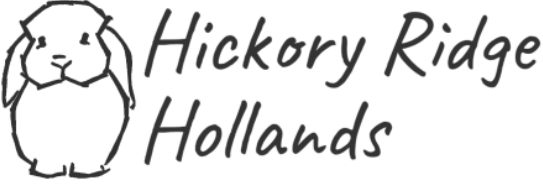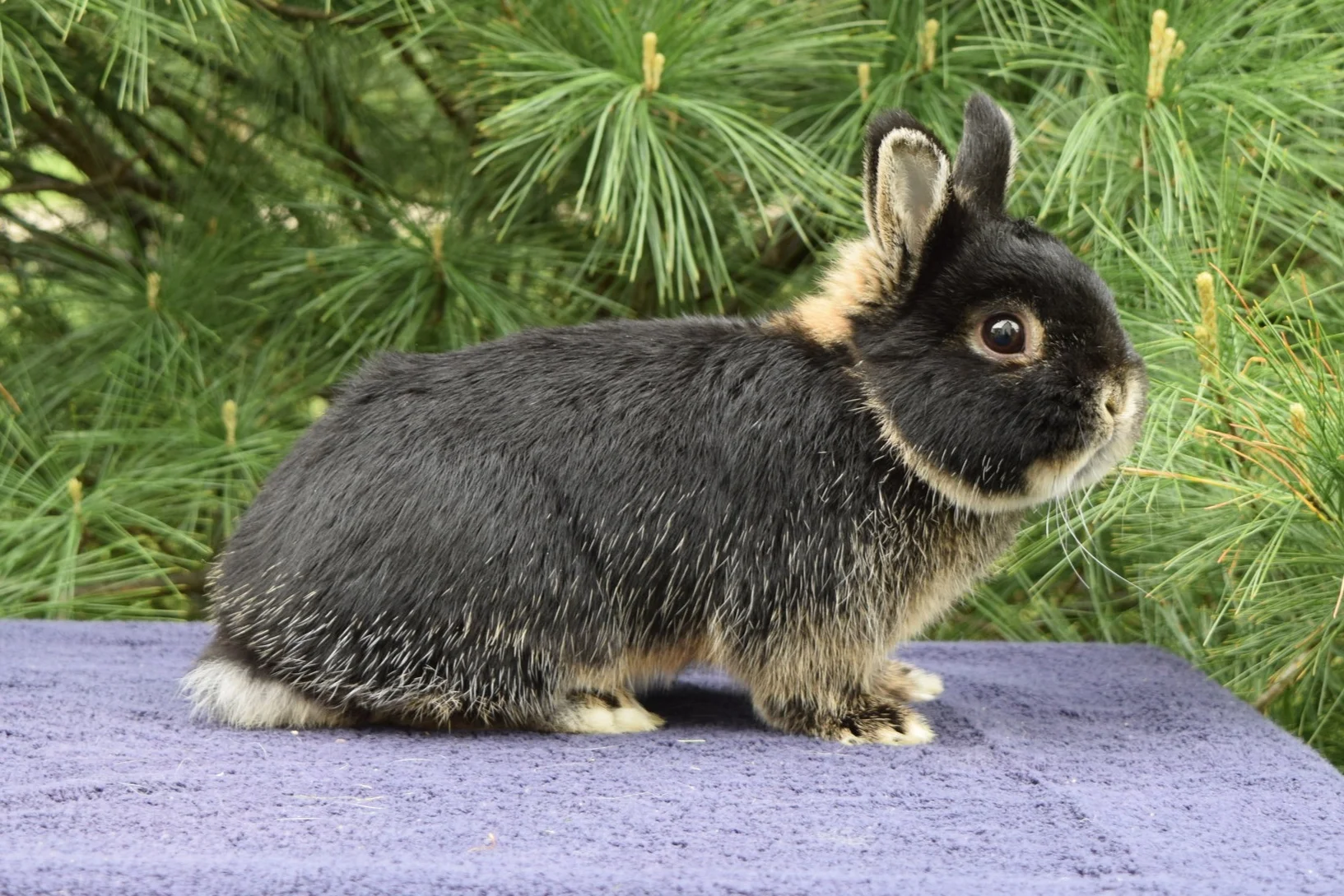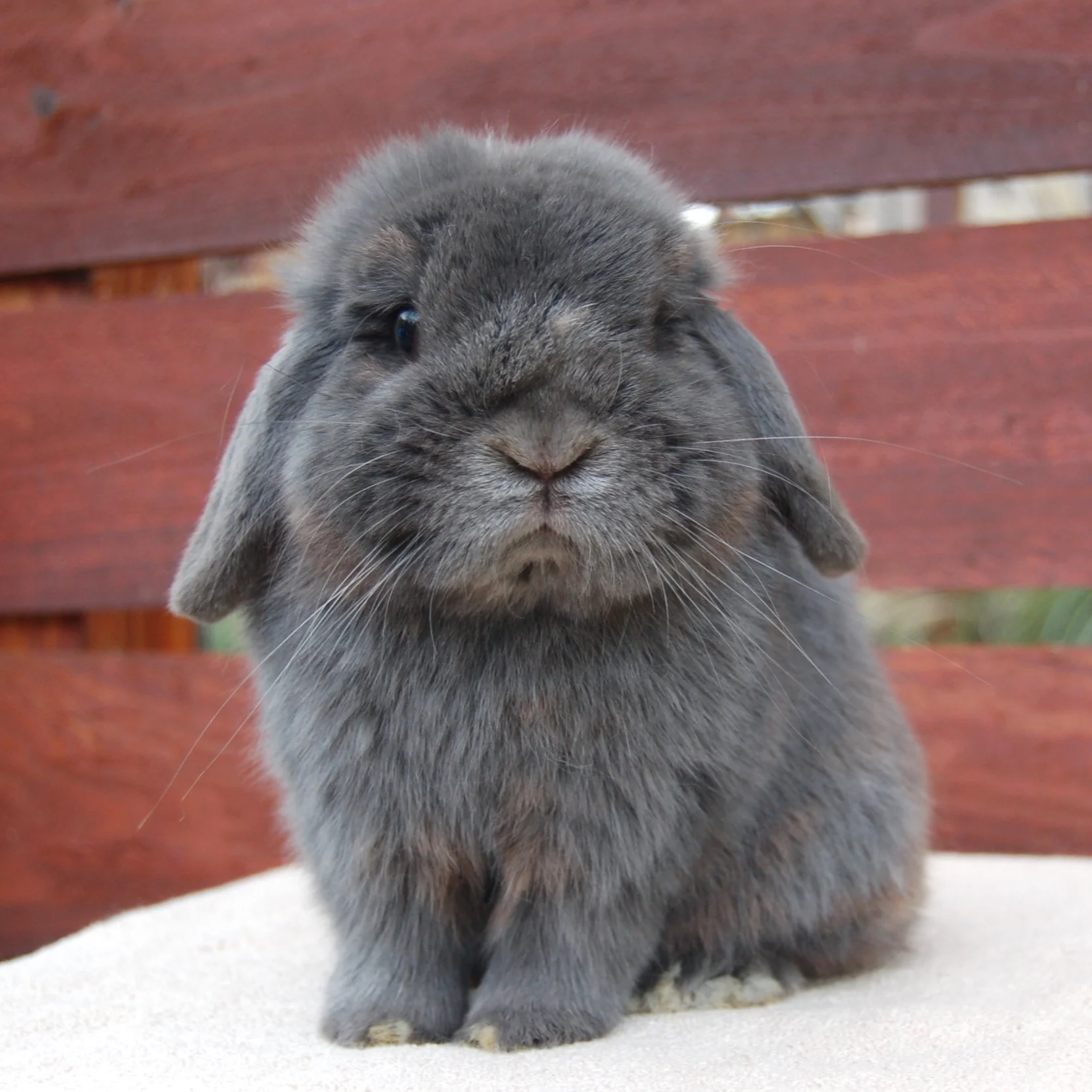Bunny Translator #4: Breeds
We’re back, with the fourth installment of one of our most popular series: Bunny Translator. For those unfamiliar with our “translators”, they are basically made to simplify the overcomplicated world of rabbit vocabulary. In our first three articles, we covered color, dwarf, and terms that you might hear breeders or extra knowledgeable owners throwing around. This time, in preparation for our next big project, we’ve decided to define some of the words used when discussing different breeds. If you’re interested in updates on this project, subscribe to our mailing list and be the first hear about it!
Body Shapes:
When discussing different breeds, body shapes or types are a common differentiator. There are five official types that we’ll define below.
Compact: Compact breeds are usually fairly small in size with short features. They are usually kept as pets, and bred to be cute rather than practical. This results in chunky and round looking breeds such as Holland Lops, Dutch, and Netherland Dwarfs.
Semi-Arched: Also known as mandolin shaped, Semi-arched rabbits have long, rounded backs that peak at their hindquarters. In a posed position, they are almost right-triangle shaped, with the top of their back sloping down towards their head. English lops, Flemish Giants, and Beverens are all semi-arch breeds
Fully Arched: Fully arched breeds have long, sloping backs that give them a hare like image. They are usually active and outgoing, as one may suspect by their appearance. Unlike some other categories, these breeds range in size substantially. Britannia Petites can weigh as little as 2 lbs, while Checkered Giants often reach 13 lbs. Belgian Hares, English Spots, and Tans are all examples of Fully Arched rabbits.
Commercial: Commercial rabbit breeds have a longer, larger shape than compact rabbits. They have fairly muscular bodies, with full hindquarters and hips. Breeds in this category include French Angoras, New Zealand, and Californian.
Cylindrical: This category contains only one breed: the Himalayan. These rabbits are long and slinky-like in shape, with no arch when posed. Even when sitting upright, surprisingly little curvature can be seen.
Fur Types:
Fur type is an important factor when deciding on a breed. Whether you love to look of shiny Mini Satins or don’t have the time to groom an Angora, knowing these terms is essential when researching breeds.
Holland Lops are a perfect example of rollback Fur
Rollback: Rollback fur is the normal, average coat type you’ll see on most rabbits. It “rolls” back into place when stroked the opposite way, but doesn’t have any exciting qualities that set it apart. Holland lops, Dutch, and French Lops are examples of Rollback fur.
Wool: Wool is the most distinct fur type by far. It as long as five inches, and can be spun and knitted. These breeds, especially the larger ones, are not for the faint of heart. They require a substantial amount of grooming and will leave you with clouds of fur. Angoras, Jersey Woolies, and American Fuzzy Lops are just a few wool breeds.
Rex: Rex fur is dense, plushy, and entirely unlike the common rollback coat of other breeds. It stands nearly straight up even when pet and is rather short. These do not require any special care in the grooming department, and should simply be brushed occasionally when molting. The only recognized Rex breeds are Mini Rex and Rex.
Satin: Satin fur has an intense sheen caused by the reflective quality of their semi-transparent fur. Despite their unusual coat, they are low maintenance and require little additional grooming. There are three satin breeds: Satin, Mini Satin, and Satin Angora
Thanks for reading!



